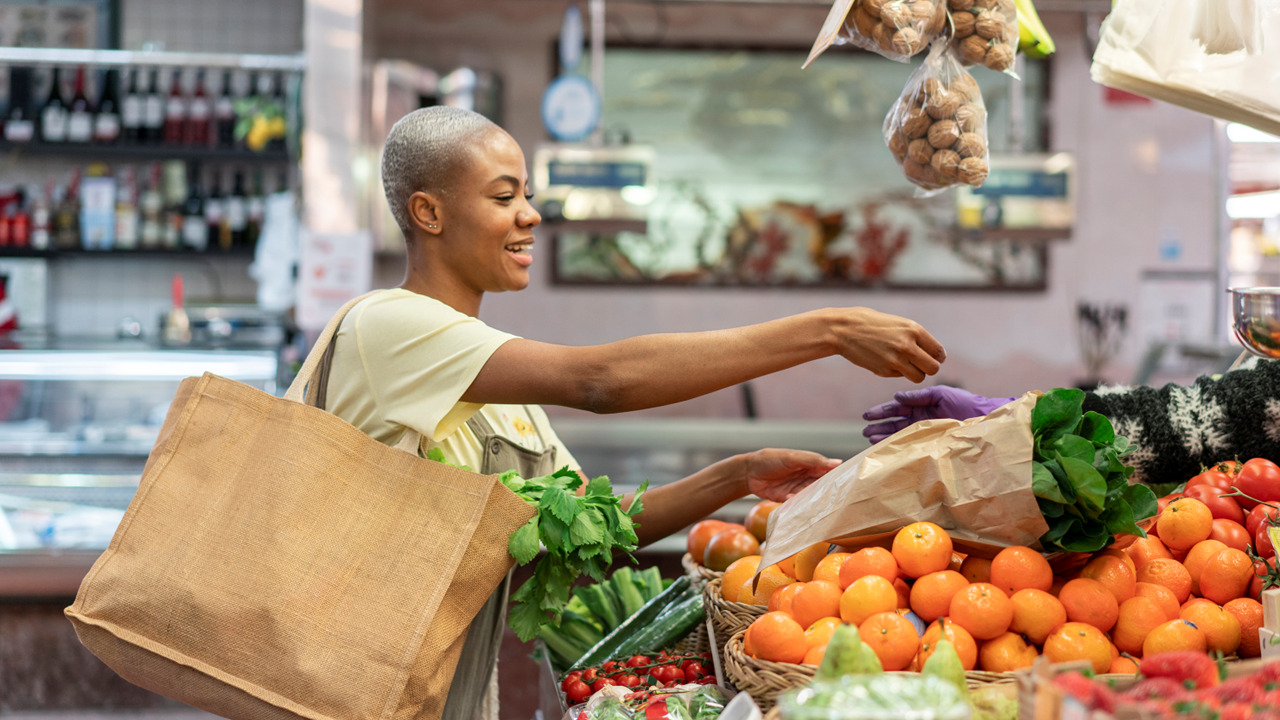
The cost-of-living crisis has had a material impact on the retail landscape in the past 12 months and, as we have seen, the discounters have been the main beneficiaries.
Both the Office for Budget Responsibility (OBR) and the Bank of England predict inflation to stay high throughout 2023, easing to 3.8% in the fourth quarter. Grocery inflation, however, will stay stubbornly high for consumers.
So, with financial pressures set to continue we expect the discounters to continue to flourish this year, by gaining new shoppers and growing basket size.
Turning customer data into a competitive advantage
The traditional grocery retailers, such as Tesco and Asda, have upped their game, leveraging their respective loyalty card schemes to provide tactical price cuts on certain lines. However, this is very much a ‘defence mechanism’ designed to prevent churn and protect share.
When prices eventually return to how they once were it will be interesting to see how these retailers leverage their large advertising budgets and sophisticated CRM platforms to regain share.
In the past ‘win back ‘and ‘spend stretch’ initiatives have been utilised to target lapsed customers and grow basket size of existing customers. This presents a threat to discounters who typically don’t have a high ad-spend or run large scale loyalty card schemes. In order to retain share, they will need to rely on the relationships they’ve built with their customers.
Reframing value
More often than not, competing on price alone is a race to the bottom. Yet we’ve seen discounters tackle this issue by expanding their product ranges and enhancing the overall shopping experience for consumers.
Traditional grocery retailers will never be able match the prices of Aldi and Lidl, so reframing value for customers is key. Sainsbury’s ‘feed your family for a fiver’ recipes and Asda’s budget friendly guide designed to provide a week of dinners for a family of four at under £20 are strong examples of this.
Reframing value is also something we see often see in messaging from CPG brands. Nescafé’s website informs consumers that 111 cups of coffee can be made from just one £4.50 jar of Nescafé. While Fairy Liquid is promoting the idea of using cold water to wash dishes as a means of helping customers save £6 per bottle on their energy bill.
Invest in customer experience to provide a meaningful difference.
Although the growth in online shopping witnessed during the pandemic has slowed, footfall instore has not recovered to pre-2020 levels.
Most brick-and-mortar first brands simply cannot compete with the likes of Amazon on price and convenience. However, their stores present an opportunity to gain a competitive advantage through building a differentiated, compelling and motivating customer experience that reinforces brand values and encourages customers to buy instore or online.
Given the high-cost base of managing a store estate, it is key to quantify its value, both in pure sales terms but also from an omnichannel perspective. So, what is the role of the instore customer experience in the full path to purchase and how does it create an emotional connection with customers to build brand loyalty?
Given the uncertain future, ensuring you are realising the potential of all your assets will be key to stay relevant, competitive and set yourself up for success when calmer times eventually return.
Savanta’s BrandVue Retail offers a modern and progressive solution to marketers’ data and insight needs. Tracking the perceptions and behaviours of 8000 consumers per month on a daily basis, for over 200 retail brands, BrandVue enables retailers to examine how customer experiences of not only their brand change over time, but also perceptions of their key competitors and beyond.
BrandVue’s Most Loved Retail Brands 2023
Our latest BrandVue Retail report is a recognition and celebration of the most emotively connected retail brands in 2023.
The research uses BrandVue, Savanta’s daily brand tracking tool, to draw insight from over 96,000 consumers across the UK’s top 200+ retail brands and then rates the top 100 brands according to how loved they are by the public.
To see which brands made it to the Top 100 league table, as well as more retail trends and insights, download the free report here.





